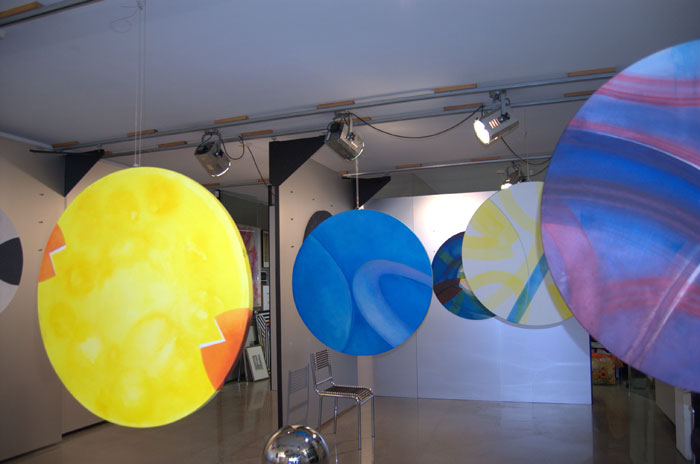Italy
LUCIANO CHINESE
[…] If you look at all Chinese’s works you know that they have […] a construction, a tangle, a passage; breaking up, they recompose themselves, they move almost musically or exactly by stressing, the typical beat that is the condition of every rhythm and of the verse of the poet and […] of that of the sculptor or of the gesture of the painter; well […] there is this architectural space intentionality; but what is the space which it is possible to speak about in Chinese and what are the terms this space architecture poses itself on? It isn’t constituted only by formal elements, that are surely derived from a geometric background, they are geometrical forms and geometrical forms defined in a great part by a circular movement, as a rotation around themselves, really as a growth, a sort of a mysterious globe (someone could imagine a point), also in this case an invented cosmos; but in him, I suspect, there is this kind of cosmos no more there is, on the contrary, this space architecture and it is to understand it as the last possibility, which the painting can maintain with once again its shape, the reason of its form, that is to create a space, in this case not only lyrically expanded, but a space that is very tied to an interior condition, at last very tied to a sort of voluntary or unconscious arrangement. That is the reason of some dream temptations, of some themes: it would be enough to consider the titles of his works to understand these components, both the oneiric one, a dream […] and the cosmological, that is to say some courses, but fundamentally there is a space architecture that becomes an interior space architecture and a still possible utopia to built an order and an harmony by the painting.
text by Toni Toniato, excerpt from a presentation speech in Villa Settembrini, Venice-Mestre, October 2008
